How THCA Lab Testing Works: Step-by-Step Process Explained
When you purchase THCA hemp flower or any cannabis product, you're placing your trust in more than just the grower or retailer—you're relying on the accuracy and integrity of laboratory testing. Understanding the THCA testing process isn't just for scientists and industry professionals; it's essential knowledge for every consumer who wants to make informed decisions about the products they use.
The complexity and precision involved in cannabis laboratory testing might surprise you. Unlike testing for many other compounds, THCA (tetrahydrocannabinolic acid) analysis requires sophisticated equipment, rigorous protocols, and highly trained technicians. A single test can take anywhere from several days to over a week, involving multiple verification steps and quality control checkpoints. This thoroughness isn't bureaucratic red tape—it's the foundation of consumer safety and product transparency.
When you submit a sample for testing, or when a licensed grower sends product for compliance verification, you're initiating a carefully orchestrated process that involves seven distinct stages. Each stage serves a specific purpose in ensuring the accuracy and reliability of the final results. From the moment a sample is collected in the field to the generation of a Certificate of Analysis (COA), every step follows standardized operating procedures designed to eliminate errors and maintain data integrity.
This comprehensive guide will walk you through each stage of how THCA testing works, demystifying the laboratory procedures that determine cannabinoid potency, ensure regulatory compliance, and protect consumer health. Whether you're a cultivator preparing for harvest testing, a retailer vetting suppliers, or a consumer wanting to understand those numbers on your COA, this step-by-step explanation will provide the clarity you need.
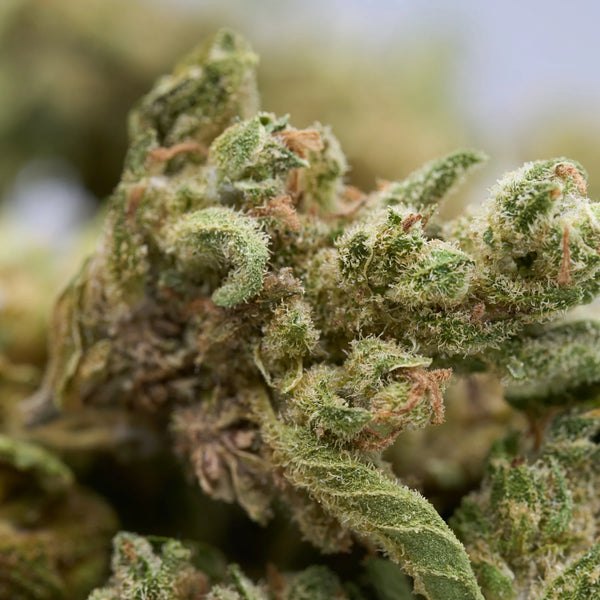
Step 1: Sample Collection and Chain of Custody
The accuracy of laboratory testing begins long before a sample reaches the lab—it starts in the field or facility where the cannabis is grown. Proper sampling techniques are absolutely critical because the small amount of material tested must accurately represent the entire batch, which could be hundreds or even thousands of pounds of product.
Representative sampling requirements are perhaps the most challenging aspect of the entire cannabis testing procedure. Cannabis plants exhibit significant variation in cannabinoid content, not just between plants but within different parts of the same plant. Top colas typically contain higher concentrations of cannabinoids than lower branches. Individual flowers on the same plant can vary by 10-20% or more in potency. This natural variability means that collecting a truly representative sample requires careful planning.
Professional sampling protocols typically require collecting material from multiple plants and multiple locations on each plant. For instance, a batch of 50 pounds might require collecting 1-2 grams from each of 10-15 different plants, selecting both top and middle flowers. These sub-samples are then combined into a single composite sample that better represents the entire batch. Regulatory guidelines in most states specify minimum sampling requirements, often requiring one sample per 5-10 pounds of product.
Documentation and tracking begin the moment the first sub-sample is collected. The sampler must record the date, time, location, batch identification number, and specific plants sampled. Many facilities use barcode or QR code systems to track samples through the entire testing process. This documentation creates an unbroken record that proves the sample's identity and handling history.
Chain of custody protocols function similarly to those used in forensic laboratories. Each person who handles the sample must document the transfer, including their name, the date and time, and the reason for the transfer. The sample is sealed in a tamper-evident container immediately after collection, and any breaking of this seal must be documented. This rigorous tracking serves multiple purposes: it prevents sample switching or tampering, it ensures accountability if problems arise, and it provides legal protection for all parties involved.
The chain of custody form travels with the sample, and typically includes fields for the sampler's signature, the transporter's signature, and eventually the receiving laboratory technician's signature. Many labs now use digital chain of custody systems that photograph the sample at key points and maintain electronic records, but the fundamental principle remains the same—every movement and every handler must be documented.
Step 2: Sample Intake and Registration
When your sample arrives at the laboratory, it enters a highly controlled receiving process designed to maintain sample integrity and ensure proper tracking. The THCA analysis steps begin with careful documentation and inspection that set the stage for all subsequent testing.
Lab receiving procedures start with verification of the chain of custody documentation. The receiving technician confirms that the sample package is intact, with no evidence of tampering or damage during transport. They verify that the sample identification numbers on the package match those on the chain of custody form, and that all required signatures and dates are present. If any discrepancies are discovered—even minor ones—the lab contacts the submitter immediately to resolve them before proceeding.
Sample logging and identification involves assigning each sample a unique laboratory identification number that will follow it through every stage of testing. This lab ID is typically different from the batch number or sample number assigned by the submitter. The separation of identifiers is a quality control measure that helps prevent errors and can support blind testing protocols. The technician enters all relevant information into the laboratory information management system (LIMS), including the submitter's information, the sample type, requested tests, and any special instructions.
Initial visual inspection serves as a preliminary quality check. The technician examines the sample for obvious problems that might affect testing or indicate sample degradation. They look for signs of mold, unusual discoloration, excessive moisture, or foreign material contamination. They assess whether the sample quantity is sufficient for all requested tests, considering that testing methods require minimum amounts and that labs typically retain a portion of each sample for potential retesting. If the sample appears compromised or insufficient, the lab notifies the submitter before proceeding with testing.
The visual inspection also includes photographic documentation. Most accredited labs photograph each sample as received, creating a permanent record of its condition upon arrival. These photos can be crucial if questions arise later about sample quality or handling.
Storage conditions are carefully controlled from the moment of sample intake. Cannabis samples are typically stored in secure, temperature-controlled environments to prevent degradation of cannabinoids. THCA is relatively stable under proper storage conditions, but heat, light, and moisture can cause it to degrade into THC or other compounds, affecting test results. Most labs store samples at room temperature in dark containers, or refrigerate them if testing will be delayed. The LIMS tracks the storage location of each sample, enabling staff to quickly locate any sample when needed.
Step 3: Sample Preparation
Sample preparation is where the physical transformation of your cannabis sample begins, and it's one of the most critical phases in the lab testing methodology. The preparation process must break down the plant material and extract the cannabinoids while maintaining their chemical integrity and preventing any conversion or degradation.
Grinding and homogenization transform the recognizable cannabis flower into a uniform powder. This step is essential because cannabinoid testing analyzes only a tiny fraction of the submitted sample—typically 0.5 to 1 gram out of an original sample that might be 5-10 grams. The ground material must be thoroughly mixed (homogenized) so that this tiny test portion accurately represents the entire sample.
Laboratory-grade grinders are used for this process, different from consumer grinders in their ability to produce consistent particle sizes and avoid heat generation that might alter cannabinoid content. The grinding is performed in controlled conditions, often in batches to prevent cross-contamination between samples. After grinding, the material is thoroughly mixed using techniques like the "cone and quarter" method, where the powder is poured into a cone shape, flattened, divided into quarters, and remixed repeatedly until completely uniform.
Weight measurements are performed with analytical balances accurate to 0.0001 grams (0.1 milligram). The technician weighs out the precise amount needed for testing, typically between 0.1 and 0.5 grams depending on the extraction method and expected cannabinoid concentration. These weights are recorded in the LIMS, as they're critical for calculating final cannabinoid concentrations. Even small weighing errors can translate into significant errors in the final reported potency.
Solvent extraction process is where the cannabinoids are pulled out of the plant material and into a liquid form suitable for analysis. The most common extraction solvent for cannabinoid testing is ethanol, though some labs use methanol or mixtures of solvents. The weighed sample is placed in a container with a measured volume of solvent—often 100 mL for a 0.5-gram sample, creating a 200:1 ratio.
The extraction typically involves some form of agitation or sonication. Ultrasonic baths are commonly used, where high-frequency sound waves create microscopic bubbles in the solvent that help break down plant material and release cannabinoids. The sample might be sonicated for 15-30 minutes, then allowed to sit for an additional period to ensure complete extraction. Some labs use mechanical shaking instead of or in addition to sonication.
Temperature control during extraction is crucial. Excessive heat can cause THCA to decarboxylate (lose its acidic group) and convert to THC, which would give falsely high THC readings and falsely low THCA readings. Room temperature or slightly warmed extractions (up to about 40°C) are standard for preserving THCA integrity.
After extraction, the liquid is filtered to remove plant particles. This often involves multiple filtration steps, starting with coarse filters to remove large particles and progressing to fine membrane filters (often 0.45 or 0.22 micron pore size) that remove even microscopic plant material. The filtered extract is then transferred to appropriate vials for analysis.
Quality control checks are integrated throughout the preparation process. Labs run method blanks (solvent with no sample) to ensure the solvents and equipment aren't contaminating results. They process matrix spikes (samples with known amounts of cannabinoids added) to verify that the extraction method is recovering cannabinoids efficiently. Control samples with known cannabinoid content are prepared alongside unknown samples to verify that the entire preparation process is working correctly.
Step 4: Instrumental Analysis
The heart of THCA sample testing is the instrumental analysis phase, where sophisticated laboratory equipment measures the cannabinoid content with remarkable precision. For THCA testing, the gold standard method is High-Performance Liquid Chromatography (HPLC), specifically chosen because it doesn't involve heating that would convert THCA to THC.
HPLC methodology for THCA operates on a fundamental principle of chemistry: different compounds interact differently with various materials, causing them to move at different rates. In HPLC, the extracted sample is injected into a stream of liquid (called the mobile phase) that flows through a column packed with tiny particles of a special material (the stationary phase). As cannabinoids pass through this column, they stick to and release from these particles at different rates based on their chemical properties.
The HPLC system consists of several key components working in concert. A high-pressure pump pushes the mobile phase (usually a mixture of water and organic solvents like acetonitrile or methanol) through the system at pressures that can exceed 5,000 pounds per square inch. An autosampler injects precise volumes of prepared sample—typically 1-10 microliters—into the mobile phase stream. The analytical column, usually 10-25 centimeters long and 4.6 millimeters in diameter, contains the stationary phase where separation occurs.
Temperature-controlled testing is essential for reproducible results. The column is housed in a temperature-controlled oven, typically maintained at 30-40°C. This temperature control ensures that cannabinoids interact with the column consistently from one run to the next, which is critical for accurate identification and quantification. Some labs use temperature gradients during the analysis, changing the column temperature over time to optimize separation of all cannabinoids.
Chromatography process explained in practical terms: imagine a race where different colored dyes move through a wet paper towel at different speeds. The dyes that stick less to the paper move faster; those that stick more move slower. By the end, you can tell the dyes apart by how far they've traveled. HPLC works similarly, but instead of colored dyes on paper, we have cannabinoids flowing through a packed column. Instead of our eyes detecting colors, we use sophisticated detectors that respond to the chemical properties of cannabinoids.
As cannabinoids exit the column, they pass through a detector—most commonly a UV-visible detector or a diode array detector (DAD). These detectors shine ultraviolet light through the stream of liquid exiting the column. Cannabinoids absorb this UV light at specific wavelengths (typically 228 nm for THCA and most cannabinoids), and the detector measures how much light is absorbed. More cannabinoid means more absorption, which appears as taller peaks on the chromatogram.
Detection and quantification involves comparing the sample results to known standards. Before running unknown samples, the lab analyzes a series of standards—solutions with precisely known concentrations of THCA. These standards create a "calibration curve" that shows the relationship between cannabinoid concentration and detector response. A typical calibration might use five standards ranging from 0.01 mg/mL to 5 mg/mL of THCA.
When a sample is analyzed, the software integrates the area under the THCA peak—this area is proportional to the amount of THCA present. The calibration curve then converts this peak area to an actual concentration. The entire process, from injection to final readout, typically takes 10-30 minutes per sample, depending on the specific method and how many cannabinoids are being analyzed.
Modern HPLC systems can separate and quantify not just THCA but a full panel of cannabinoids in a single run: CBD, CBDA, CBC, CBG, CBGA, delta-9 THC, delta-8 THC, and others. Each cannabinoid appears as a distinct peak at a characteristic retention time—the time it takes to travel through the column. THCA typically appears around 8-15 minutes into the run, depending on the specific method parameters.
Step 5: Data Analysis and Calculations
Once the HPLC analysis is complete, the raw data must be carefully interpreted and converted into the meaningful numbers that appear on your Certificate of Analysis. This data analysis phase requires both specialized software and expert human judgment to ensure accuracy.
Peak identification is the first critical step. The chromatogram—a graph showing detector response over time—displays numerous peaks, each representing a compound that was separated by the column. The analyst must correctly identify which peak represents THCA. This identification relies on comparing the retention time of peaks in the sample to the retention times of known standards analyzed the same day under identical conditions.
However, retention time alone isn't always sufficient for positive identification, especially in complex samples. Analysts also examine the peak shape and the UV absorption spectrum (if using a diode array detector). THCA has a characteristic UV absorption pattern that serves as a fingerprint. If a peak appears at the expected retention time but has an unusual shape or unexpected UV spectrum, the analyst investigates further before confirming the identification.
The software helps with peak integration—calculating the area under the curve for each identified peak. But this process isn't entirely automated; experienced analysts review the integration to ensure the software correctly identified the start and end of each peak, especially when peaks overlap or when baseline noise is present. Incorrect integration can lead to significant errors in reported concentrations.
Concentration calculations convert peak areas into actual cannabinoid concentrations. Using the calibration curve created from standards, the software calculates the concentration of THCA in the extract solution. But remember, this is the concentration in the liquid extract, not in the original plant material. Additional calculations are needed to determine the concentration in the flower.
The basic calculation is:
Cannabinoid % in flower = (Concentration in extract × Extract volume) / Sample weight × 100
For example, if the extract concentration is 0.5 mg/mL, the total extract volume was 100 mL, and the original sample weight was 0.5 grams:
THCA % = (0.5 mg/mL × 100 mL) / (0.5 g × 1000 mg/g) × 100 = 10% THCA
Total THC conversion formula is particularly important for regulatory compliance. Since THCA converts to THC when heated (through decarboxylation), regulators need to know the "total potential THC"—how much THC would be present if all the THCA were converted. This calculation accounts for the fact that THCA has a slightly higher molecular weight than THC (358.47 g/mol vs. 314.47 g/mol), so it takes 1.14 grams of THCA to produce 1 gram of THC.
The standard formula for total THC is:
Total THC = (THCA × 0.877) + Delta-9 THC
The 0.877 factor (which is 314.47/358.47) adjusts for the molecular weight difference. Some jurisdictions use slightly different conversion factors or formulas, but this is the most common. For a product with 10% THCA and 0.3% delta-9 THC, the total THC would be (10 × 0.877) + 0.3 = 9.07%.
Uncertainty of measurement is an often-overlooked aspect of testing that sophisticated labs include in their reporting. Every measurement has some degree of uncertainty—a range within which the true value likely falls. For cannabinoid testing, this uncertainty typically ranges from ±5% to ±15% of the measured value, depending on the lab's validation data.
For instance, if a lab reports 10% THCA with an uncertainty of ±10%, the true value likely falls between 9% and 11%. This uncertainty encompasses all sources of variation in the testing process: weighing errors, extraction efficiency variations, instrument precision, integration variations, and calibration uncertainty. Accredited laboratories must determine and report this uncertainty, though it's often shown in fine print or as a separate value on the COA.
Step 6: Quality Assurance Review
Before any results are released to a client, they undergo rigorous quality assurance review. This multi-layered verification process is designed to catch errors, ensure compliance with standard operating procedures, and maintain the laboratory's reputation for accuracy and reliability.
Internal QC samples are analyzed alongside client samples in every batch. These include several types of control materials. Method blanks (pure solvent with no sample) verify that the solvents, glassware, and instruments aren't contaminated. Matrix blanks (hemp or cannabis material known to contain no cannabinoids) ensure that the sample preparation process doesn't introduce false positives. Most importantly, certified reference materials—samples with independently verified cannabinoid concentrations—are analyzed to verify that the entire testing process is producing accurate results.
The lab establishes acceptable ranges for these control samples based on statistical analysis of historical data. If a control sample falls outside its acceptable range, the entire batch of samples may need to be re-analyzed. This is one reason why testing can sometimes take longer than expected—labs must ensure accuracy before releasing results, even if it means repeating analyses.
Analyst verification involves the testing technician reviewing all data from their analysis. They check that the calibration curve meets acceptance criteria (typically requiring an R² value above 0.995, meaning the standards show a strong linear relationship). They verify that retention times for standards and samples are consistent. They review chromatograms for any unusual peaks or baseline disturbances that might indicate problems. They confirm that all calculations were performed correctly and that data was entered into the LIMS without transcription errors.
Many labs implement a "four-eyes" principle where all data and calculations are independently verified by a second analyst. This person reviews the original analyst's work, checking that peak identifications are correct, that integration was performed appropriately, and that all calculations are accurate. This second review catches errors that might slip past a single reviewer, especially in high-volume laboratories processing hundreds of samples per day.
Supervisor approval is the final checkpoint before results are released. A senior scientist or laboratory director reviews a summary of the analysis, including QC sample results, any deviations from standard procedures, and the final reported values. They may flag results that seem unusual—either unusually high or unusually low—for additional scrutiny. They ensure that the reported values are scientifically plausible and consistent with the sample type.
The supervisor also reviews compliance aspects. For samples being tested for regulatory compliance, they verify that the sampling, testing, and reporting meet all applicable regulations. They confirm that proper documentation exists throughout the entire process and that the chain of custody is intact.
Retest protocols if needed come into play when something doesn't look right. Common triggers for retesting include: QC samples falling outside acceptable ranges, unusually high variation between duplicate samples, suspect peak identifications, or client disputes of reported values. When retesting is necessary, labs typically reanalyze the extract first, to determine if the issue occurred during instrumental analysis. If that doesn't resolve the problem, they may re-extract and reanalyze a new portion of the ground sample, or even request a new sample from the client if they suspect sample degradation or mix-up.
Accredited labs must document all retests and the reasons for them. The final COA typically indicates if retesting occurred, though the specific reasons may not be detailed. This documentation is part of the quality management system that accrediting bodies review during audits.
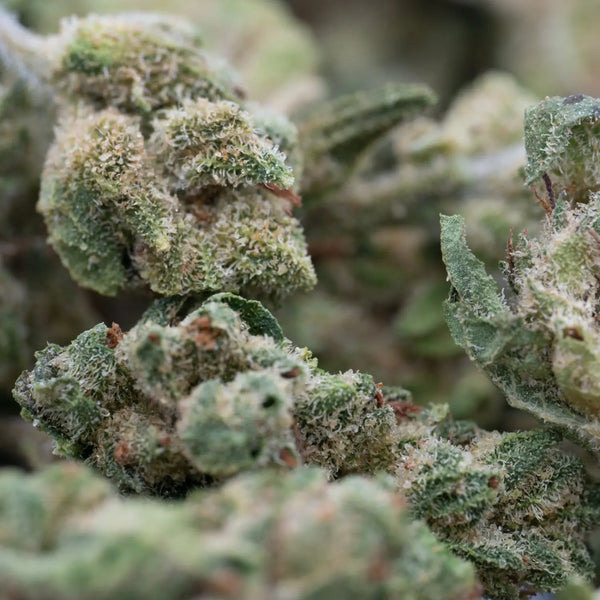
Step 7: Certificate of Analysis (COA) Generation
The culmination of the entire testing process is the Certificate of Analysis—the official document that communicates test results to clients and consumers. A well-designed COA is more than just a list of numbers; it's a comprehensive record that provides context, demonstrates compliance, and establishes the credibility of the testing.
Report formatting follows standard layouts that make information easy to find and interpret. Most COAs begin with header information: the laboratory's name, address, and accreditation/license numbers; the client's information; and the sample information including the unique identifiers, date received, date tested, and date reported. This header establishes the who, what, and when of the testing.
The main body of the report presents the test results in clear tables. For cannabinoid testing, this typically shows each cannabinoid measured, its concentration (usually in percentage or mg/g), and often the limit of quantitation (LOQ)—the lowest concentration the lab can reliably measure. Many COAs now display results both as percentages by weight and as mg/g, since different states require different units.
Visual elements enhance modern COAs. Pass/fail indicators (often color-coded green for pass, red for fail) immediately show compliance status. Charts or graphs may display cannabinoid profiles visually, making it easy to see at a glance which cannabinoids dominate the sample. Some labs include photographs of the sample or even the chromatogram, providing additional transparency.
Required information included varies by jurisdiction, but accredited laboratories must include certain elements. The sample identifier links the report to the specific sample tested. The test methods used must be specified, often by name or standard reference (e.g., "AOAC 2015.06" or "Lab SOP-CB-001"). The date of testing, or the date range if multiple tests were performed, must be clear.
Particularly important for THCA testing is the distinction between THCA concentration, delta-9 THC concentration, and total potential THC. Consumers and regulators need all three values to make informed decisions. The COA should clearly show the calculation method for total THC and state whether decarboxylation (heating) occurred during testing—HPLC methods test without heating, while gas chromatography methods involve heating that converts THCA to THC during analysis.
Compliance indicators are especially critical for hemp products, which must contain less than 0.3% total THC (by dry weight) to be legal under federal law. The COA must clearly indicate whether the sample passes this threshold. Many labs highlight compliance status prominently, using statements like "This sample complies with the federal definition of hemp" or warning notices if THC exceeds legal limits.
For medical or adult-use cannabis markets, compliance involves different metrics. Some states require testing for a full panel of cannabinoids, terpenes, residual solvents, pesticides, heavy metals, mycotoxins, and microbial contamination. A complete compliance COA might be several pages long, addressing each of these safety categories.
The uncertainty of measurement, while sometimes presented in small print or as a footnote, is an important piece of information for technically sophisticated readers. It provides context for interpreting results that fall near regulatory thresholds—a sample testing at 0.29% total THC with ±10% uncertainty could actually be slightly over the 0.3% limit.
Digital delivery has become the standard for COA distribution. Most labs now provide results through secure online portals where clients can log in to view, download, and print their COAs. Some labs email COAs directly to clients as password-protected PDFs. The digital format allows for QR codes or verification codes that anyone can use to verify the authenticity of a COA—a critical feature given that fake COAs have become a problem in the industry.
Leading labs are implementing blockchain-based verification systems that create immutable records of test results. These systems allow anyone to scan a QR code and verify that a COA is legitimate and hasn't been altered. This technology addresses concerns about COA fraud while maintaining client confidentiality.
Many COAs now include public-facing versions that clients can share with their customers. These consumer-friendly reports simplify technical information and may include educational content about cannabinoids, how to interpret results, and what the numbers mean for product effects. This transparency builds trust with end consumers and helps differentiate products in a crowded marketplace.
Conclusion
Understanding the complexity and rigor behind cannabis laboratory testing helps you appreciate the value of those seemingly simple numbers on a Certificate of Analysis. From the moment a sample is collected to the final digital delivery of results, each stage in the THCA testing process serves a specific purpose in ensuring accuracy, maintaining chain of custody, and protecting consumer safety.
Timeline expectations vary depending on several factors, but most accredited laboratories provide results within 5-10 business days for standard cannabinoid potency testing. Rush testing may be available for an additional fee, potentially providing results in 2-3 business days. However, it's important to understand that faster isn't always better—the testing process requires time to be done properly, and rushing can increase the risk of errors.
During peak harvest seasons, particularly in the fall, many labs experience significant backlogs as growers rush to get their products tested for market release. Turnaround times can extend to 2-3 weeks or even longer during these busy periods. Planning ahead and submitting samples early can help avoid delays related to harvest rush.
Factors affecting turnaround time include the number of tests requested (potency testing is typically faster than full safety panels), whether retesting is required, the laboratory's current workload, and whether any issues arise during testing. Samples that require special handling—perhaps due to high moisture content, contamination, or packaging problems—may take longer to process. Incomplete or unclear sample submission forms can delay testing while the lab contacts you for clarification.
The laboratory's quality management system also affects timing. Accredited laboratories batch samples to run calibrations and QC samples efficiently, which means your sample might wait for other samples to accumulate before analysis begins. This batching is good laboratory practice and helps maintain quality, but it does add time to the process.
Questions to ask your lab can help you better understand their processes and choose the right laboratory partner:
-
Is your laboratory accredited, and by which accrediting body? ISO/IEC 17025 accreditation is the gold standard for testing laboratories, demonstrating that the lab meets international standards for technical competence and management systems.
-
What is your typical turnaround time, and does it vary seasonally? Understanding both normal and peak-season timelines helps you plan accordingly.
-
Do you test using HPLC or another method? For THCA testing, HPLC is preferred because it doesn't cause decarboxylation that would alter the THCA/THC ratio.
-
What is your limit of quantitation (LOQ) for THCA and other cannabinoids? Lower LOQs indicate the lab can detect smaller amounts, which is important for verifying compliance with regulations.
-
How do you handle samples that test near regulatory limits? Understanding the lab's retest protocols and how they account for uncertainty of measurement is important, especially for hemp compliance testing.
-
Can I visit your laboratory? Transparent labs often welcome client tours, which provide valuable insight into their operations and quality standards.
-
What happens to my sample after testing? Most labs retain samples for a specified period (often 30-90 days) in case retesting is needed, then dispose of them according to state regulations.
-
How do you prevent sample mix-ups? Ask about their sample tracking systems, barcode usage, and quality control procedures.
-
What training do your analysts receive? Well-trained staff are essential for accurate testing.
-
Do you participate in proficiency testing programs? These programs send blind samples to labs to verify their accuracy against other laboratories and known values.
By understanding each step in the how THCA testing works process, you're better equipped to evaluate laboratory results, choose reliable testing partners, and make informed decisions about cannabis products. The testing process may seem complex, but this complexity serves a purpose: ensuring that the products you grow, sell, or consume meet quality standards and regulatory requirements.
Whether you're a cultivator preparing for compliance testing, a manufacturer verifying incoming raw materials, a retailer ensuring product quality, or a consumer researching purchases, this knowledge empowers you to be a more informed participant in the cannabis industry. The cannabis testing procedure isn't just a regulatory requirement—it's a fundamental tool for product quality, consumer safety, and industry credibility.
Frequently Asked Questions About THCA Lab Testing
How long does THCA testing take?
Standard THCA sample testing typically takes 5-10 business days from the time the laboratory receives your sample. Rush services may be available for 2-3 day turnaround, while peak harvest seasons can extend timelines to 2-3 weeks or longer.
Why is HPLC preferred over gas chromatography for THCA testing?
HPLC (High-Performance Liquid Chromatography) tests samples at room temperature, preserving THCA in its acidic form. Gas chromatography heats samples to high temperatures, causing THCA to decarboxylate into THC during testing, making it impossible to accurately measure the original THCA content.
What's the difference between THCA and total THC on my Certificate of Analysis?
THCA is the raw, non-intoxicating acid form found in fresh cannabis. Total THC represents the maximum THC that would be present if all THCA were converted through heating. The calculation is: Total THC = (THCA × 0.877) + Delta-9 THC.
How much sample do I need to submit for testing?
Most laboratories require 3-5 grams of flower for cannabinoid potency testing, though some accept as little as 1-2 grams. Larger samples are needed if you're requesting multiple tests (potency, terpenes, contaminants). Check with your specific laboratory for their requirements.
Can I trust the numbers on my Certificate of Analysis?
COAs from accredited laboratories (ISO/IEC 17025 or state-licensed) undergo rigorous quality control and are generally reliable. However, the accuracy depends on proper sample collection and the laboratory's competence. Verify COAs through the lab's website using provided verification codes, and be cautious of suspiciously perfect numbers or outdated reports.
What is a passing THCA hemp flower result?
Under federal law, hemp must contain no more than 0.3% total THC (not THCA) on a dry weight basis. Many THCA hemp flowers contain high amounts of THCA (10-25%) but remain legal because their total THC—calculated using the conversion formula—stays below 0.3% before decarboxylation.
Why do some labs report different results for the same sample?
Inter-laboratory variation is normal due to differences in sample preparation techniques, instrumentation, calibration standards, and analyst interpretation. Accredited labs typically show agreement within ±15-20% of each other. Larger discrepancies may indicate problems with one or both laboratories.
Do I need to test every batch of hemp flower I grow?
Federal and state regulations typically require testing pre-harvest hemp crops for THC compliance, and many states require post-harvest batch testing before products can be sold. Check your specific state regulations, as requirements vary. Testing is also valuable for quality control and marketing purposes.
How do I interpret the uncertainty of measurement on my COA?
Uncertainty of measurement represents the range within which the true value likely falls. For example, if a sample tests at 10% THCA with ±10% uncertainty, the true value is likely between 9% and 11%. This is normal and doesn't indicate poor laboratory performance—all measurements have uncertainty.
Can THCA test results change over time?
Yes. THCA slowly converts to THC over time, especially when exposed to heat, light, or extended storage. A flower testing at 15% THCA and 0.2% THC when fresh might show 13% THCA and 2% THC after several months of storage. This is why COAs should be relatively recent for accurate representation.
This comprehensive guide to the THCA analysis steps and lab testing methodology provides the knowledge you need to navigate cannabis laboratory testing with confidence, understanding, and the ability to make informed decisions about testing partners and product quality.

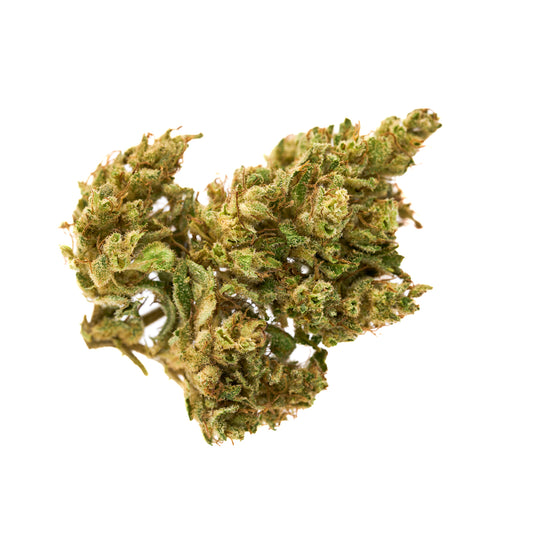
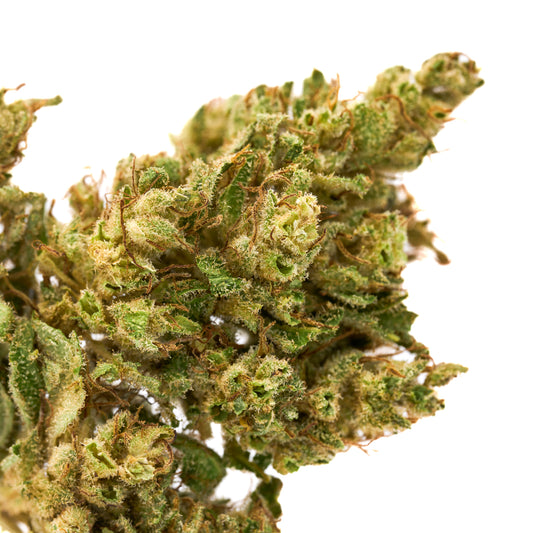
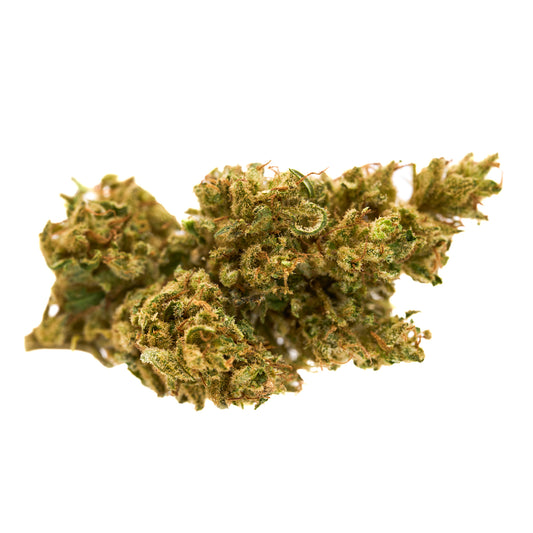
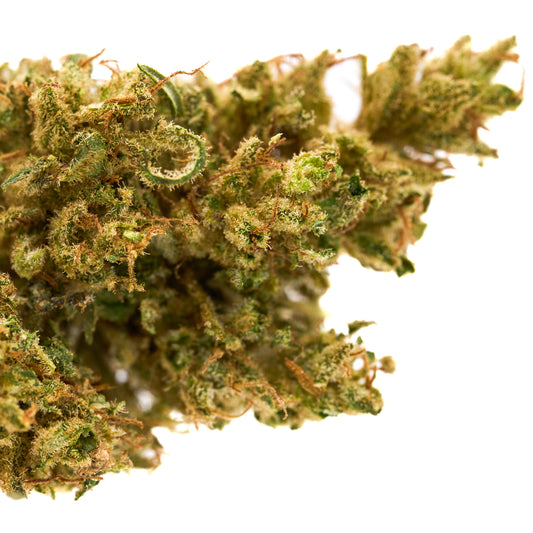
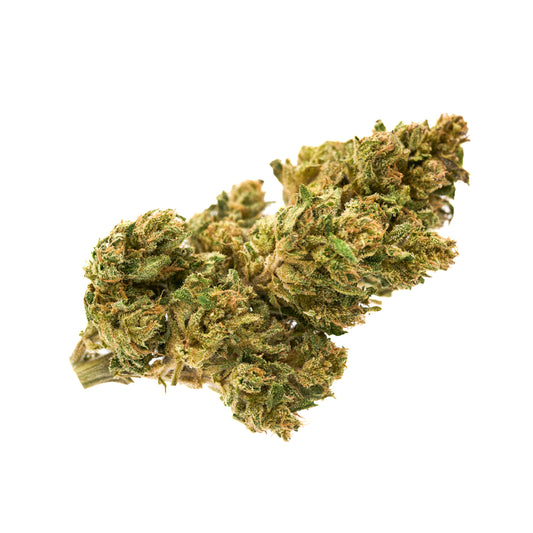
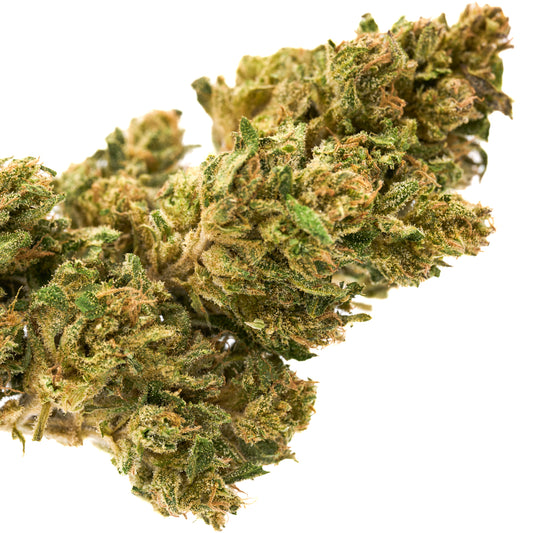



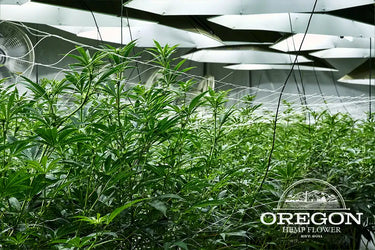

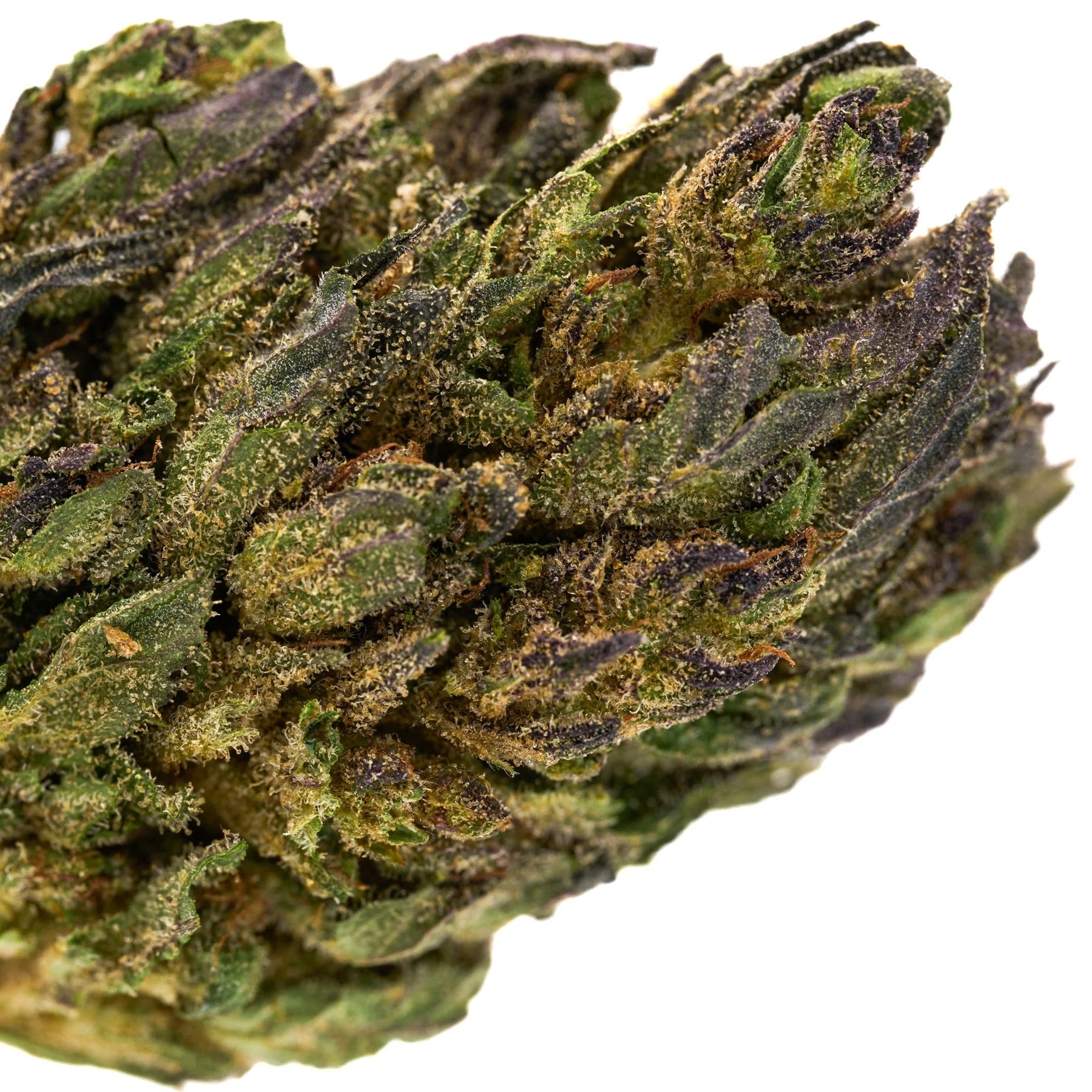
Leave a comment
Please note, comments need to be approved before they are published.